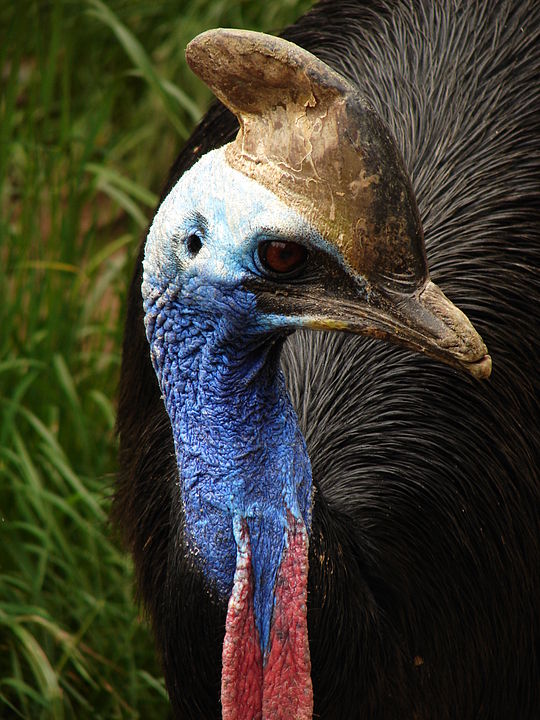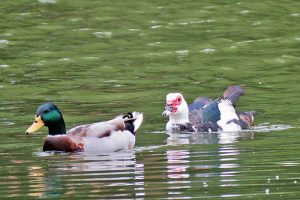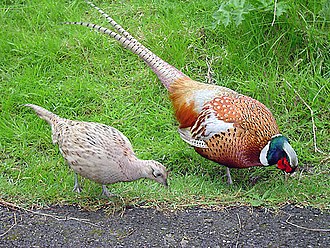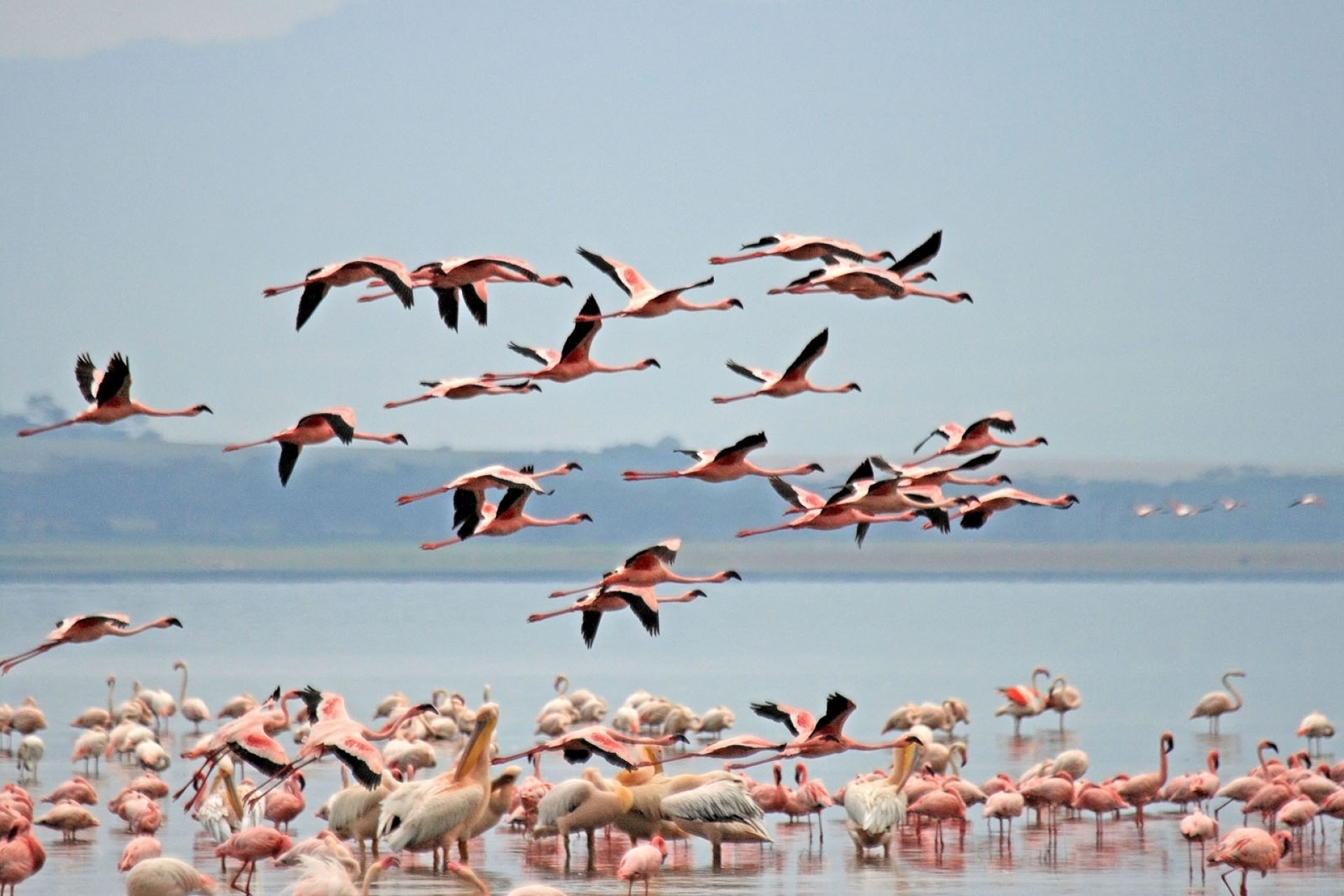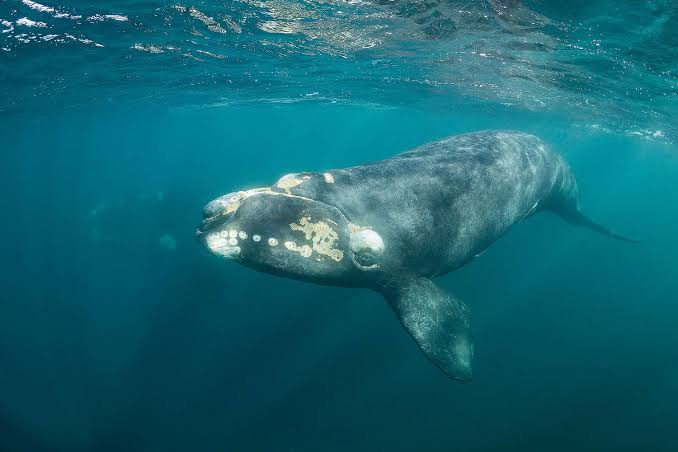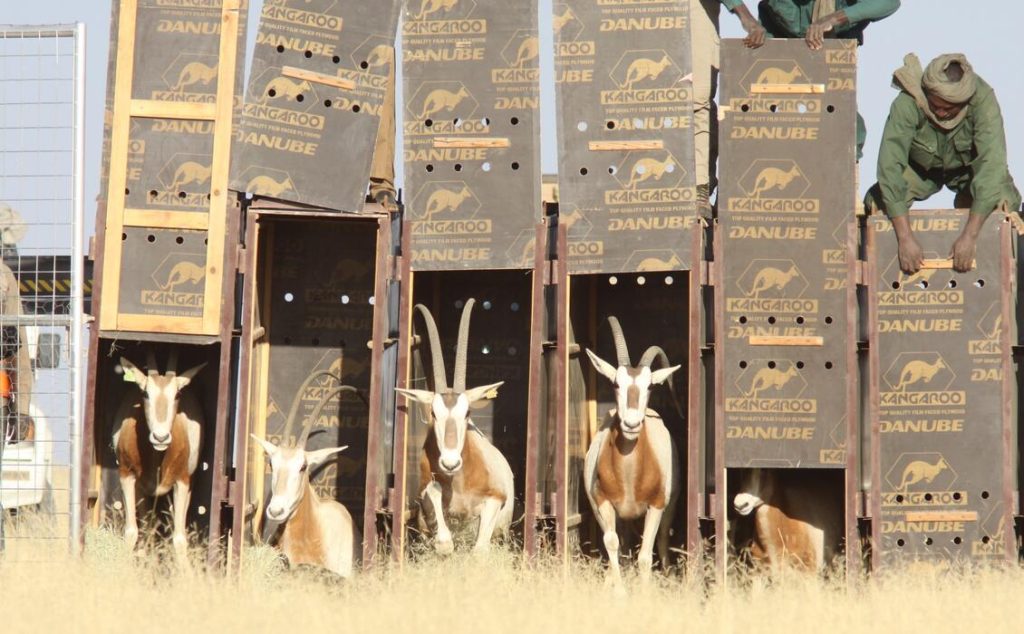Hearing this news, one might think “great, another 10-20 rhino”? Think again.
Platinum rhino holds as much as 15% of the current wild population in its operation -2000 individuals. Here is an instagram on the news!
This could be great! Current rhino numbers are estimated to be in the low 2000, down 79% since 2011. Releasing the whole herd back into the Kruger could allow numbers a sizable boost, and rapidly move the kruger back towards its former stronghold of the white rhino. However, in the first half of 2023 over 200 rhino were poached from the Kruger, suggesting that this is not going to be easy.
Unfortunately, the Kruger is already one of the best preserved large reserves in the world. Thankfully, rhino horn has dropped in value from its peak in 2012 of $65,000 per kg, down to a current $8000 per kg. It would be good to depress this further, however the risks for the poacher are very high: not only are many poachers killed by the rhino, they are also often killed by other wildlife such as lions – and the Kruger has a sizable number of man-eating specialists.
I suspect the organization will spread the rhino around, across many of their reserves. Hopefully the recognition that farms like this make no sense, will allow them to thrive back in the wild.
Education is still needed in China, Vietnam and elsewhere. Rhino horn is the same substance as your finger-nails, Keratin. Consuming it will make no difference to any medical condition, science has tried to show any positive health benefit, and can see nothing scientific – at best a placebo effect.
Below, is a video about this farm, 6 years ago back in its heyday. Hopefully, all these rhino can recover white rhino populations far and wide.

 Found in the West Indies, northern South America (including the Galápagos Islands) and the Yucatan Peninsula. It was considered cospecifc with the greater flamingo, but they are now recognized as separate species (it is also closely related to the Chilean flamingo).
Found in the West Indies, northern South America (including the Galápagos Islands) and the Yucatan Peninsula. It was considered cospecifc with the greater flamingo, but they are now recognized as separate species (it is also closely related to the Chilean flamingo).  of South America, it is in the same genus as the James Flamingo. Indeed, the Chilean Andea and James flamingo often share nesting sites and are relatively closely related.
of South America, it is in the same genus as the James Flamingo. Indeed, the Chilean Andea and James flamingo often share nesting sites and are relatively closely related. the American and greater flamingo, it is listed as near threatened in the wild with a wild population of about 200,000. Population declines are due to habitat loss and degradation, harvesting and human disturbance.
the American and greater flamingo, it is listed as near threatened in the wild with a wild population of about 200,000. Population declines are due to habitat loss and degradation, harvesting and human disturbance.

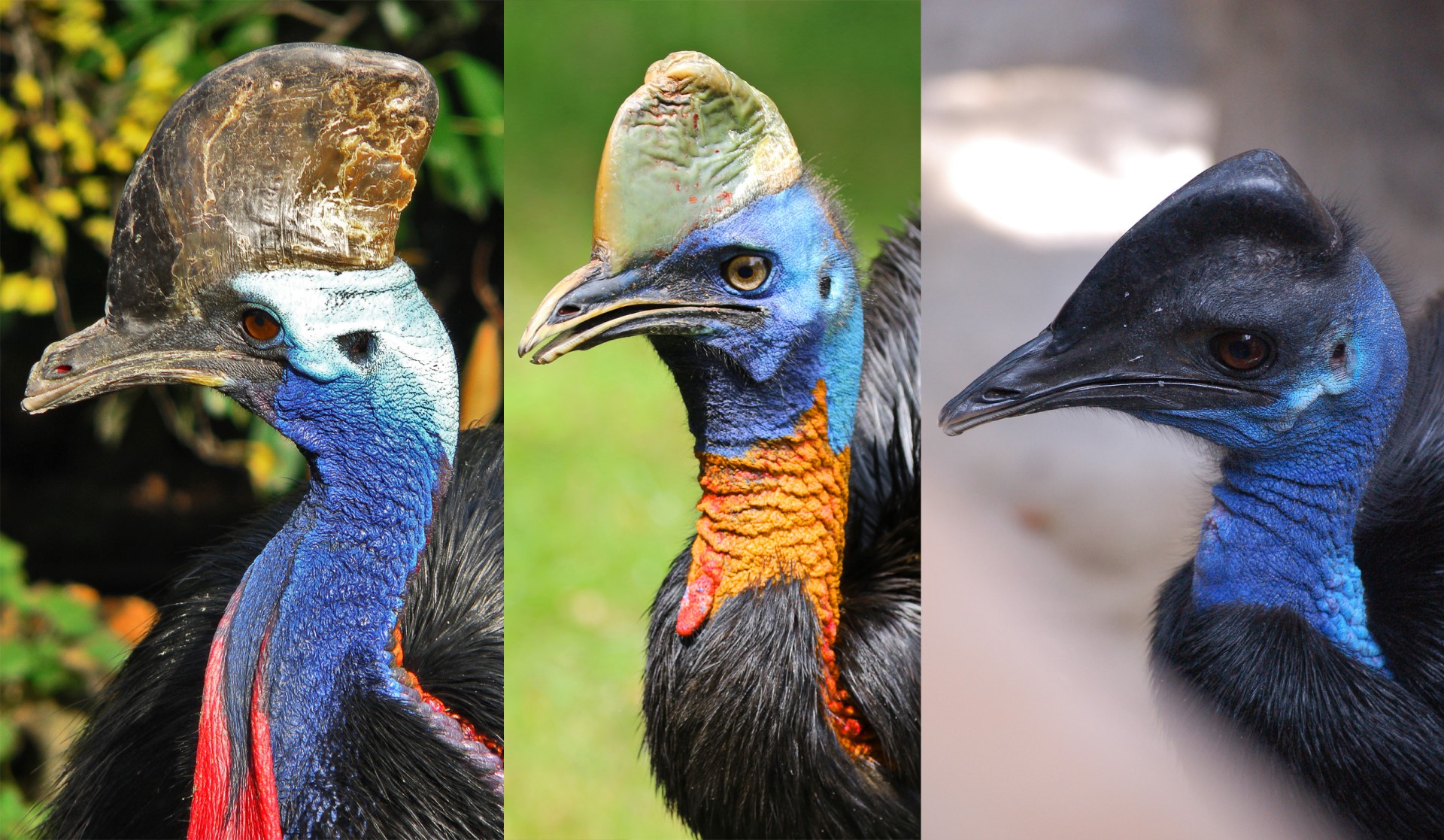
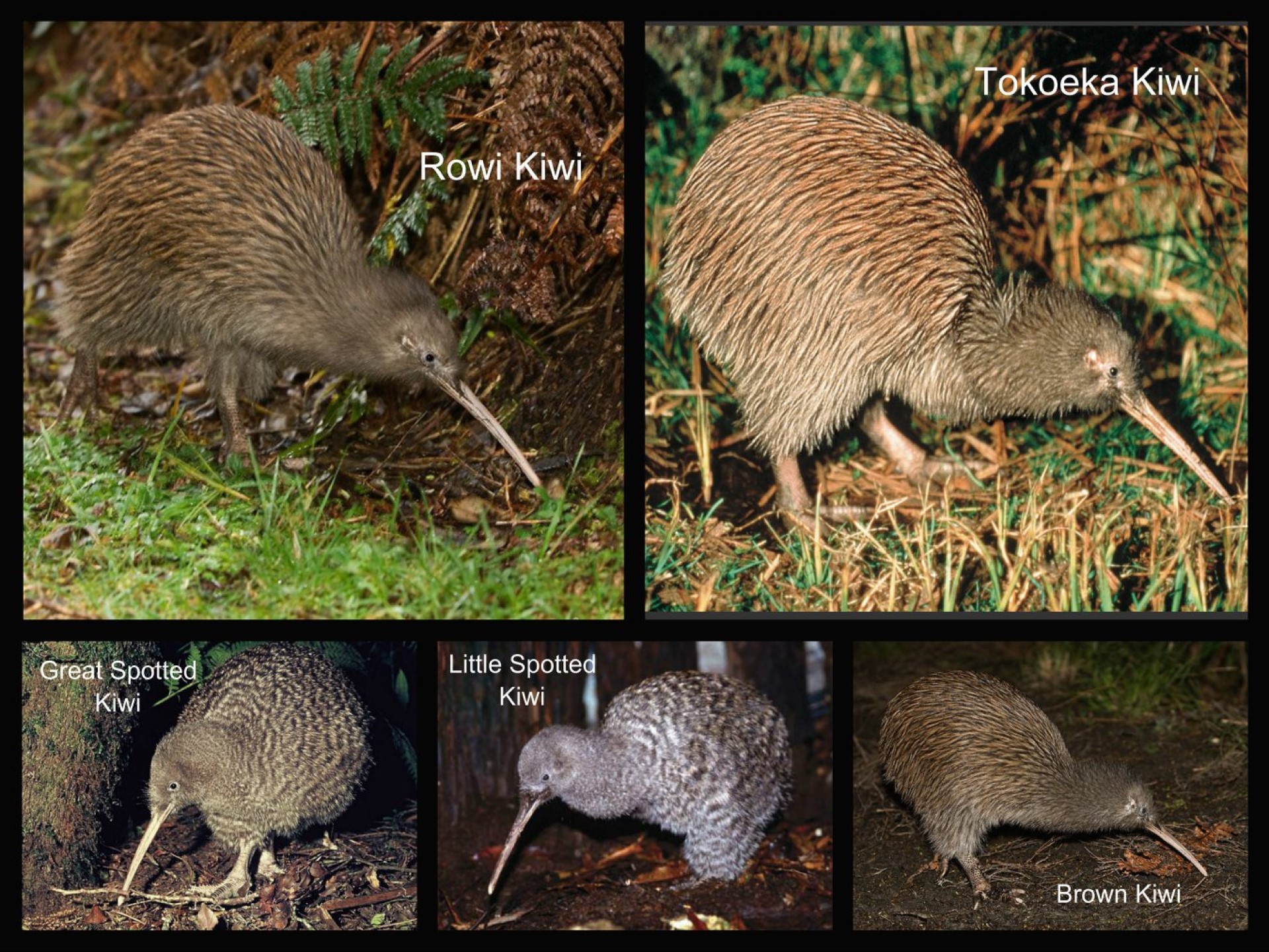


 Darwins rhea. Its found on the Andean plateau as well as Patagonia.
Darwins rhea. Its found on the Andean plateau as well as Patagonia.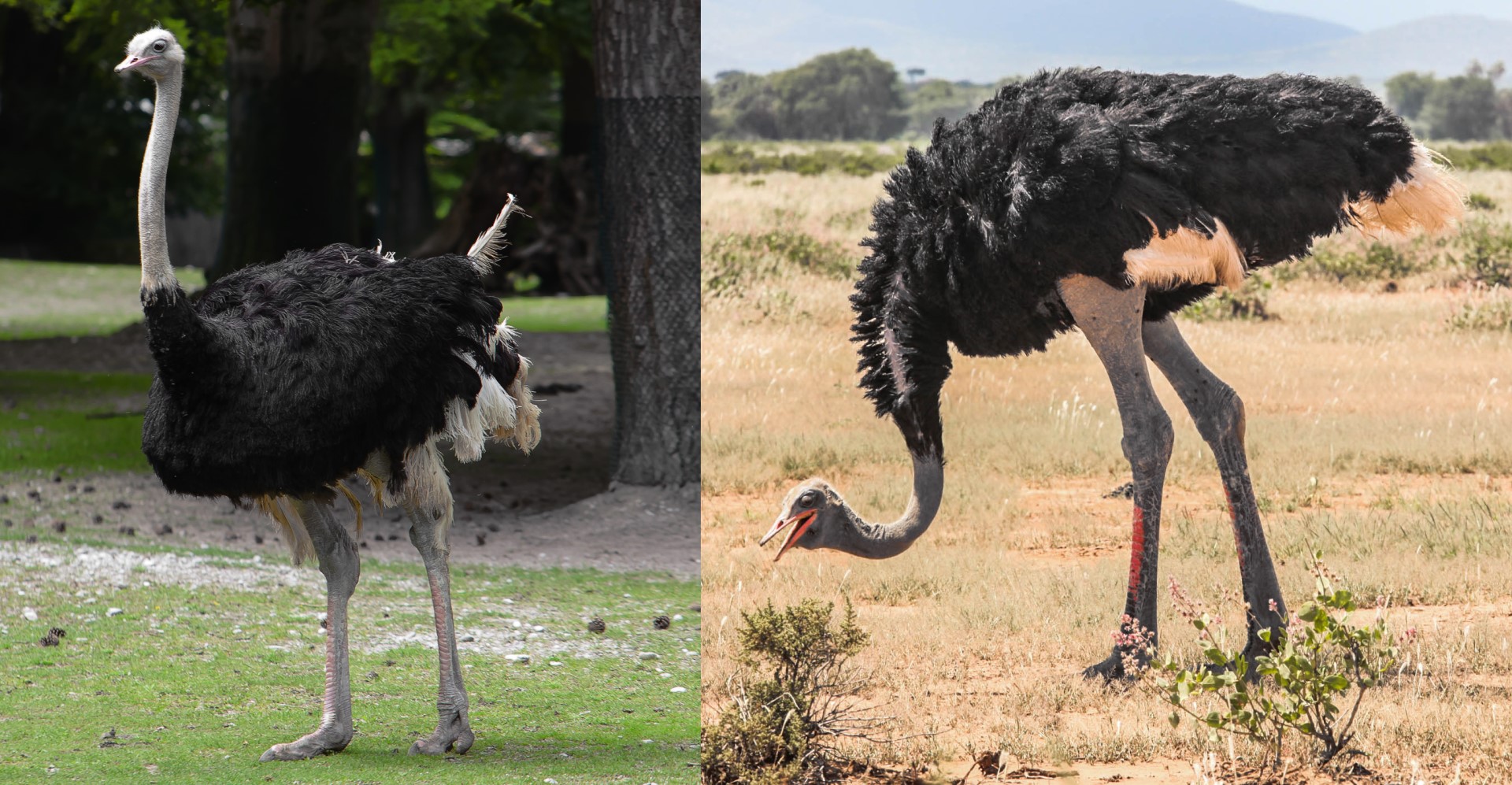
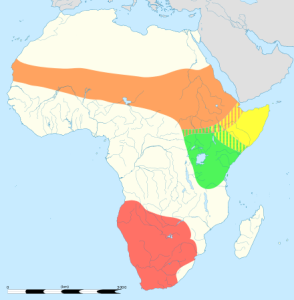 This is a map of the different Ostrich species and subspecies range
This is a map of the different Ostrich species and subspecies range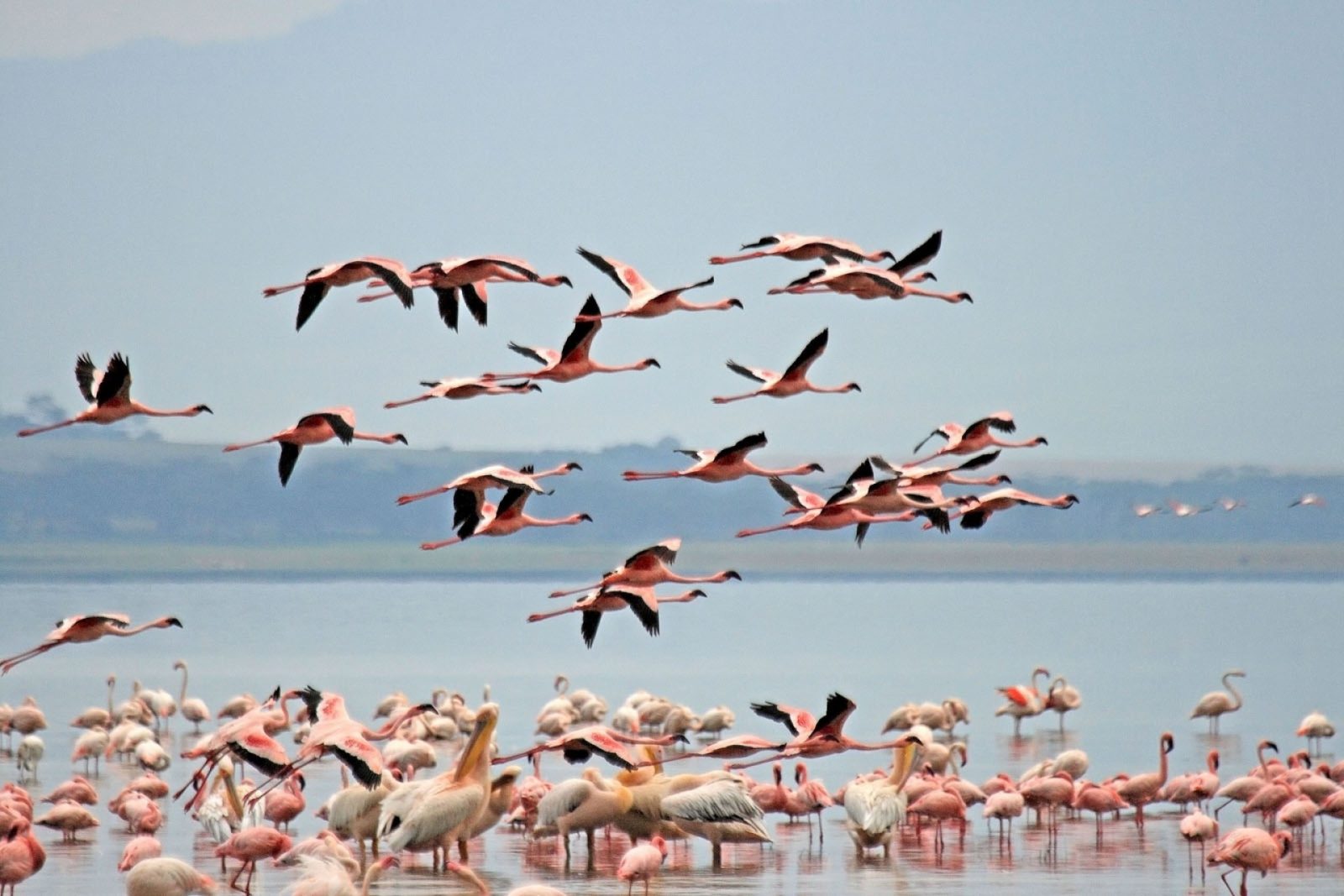
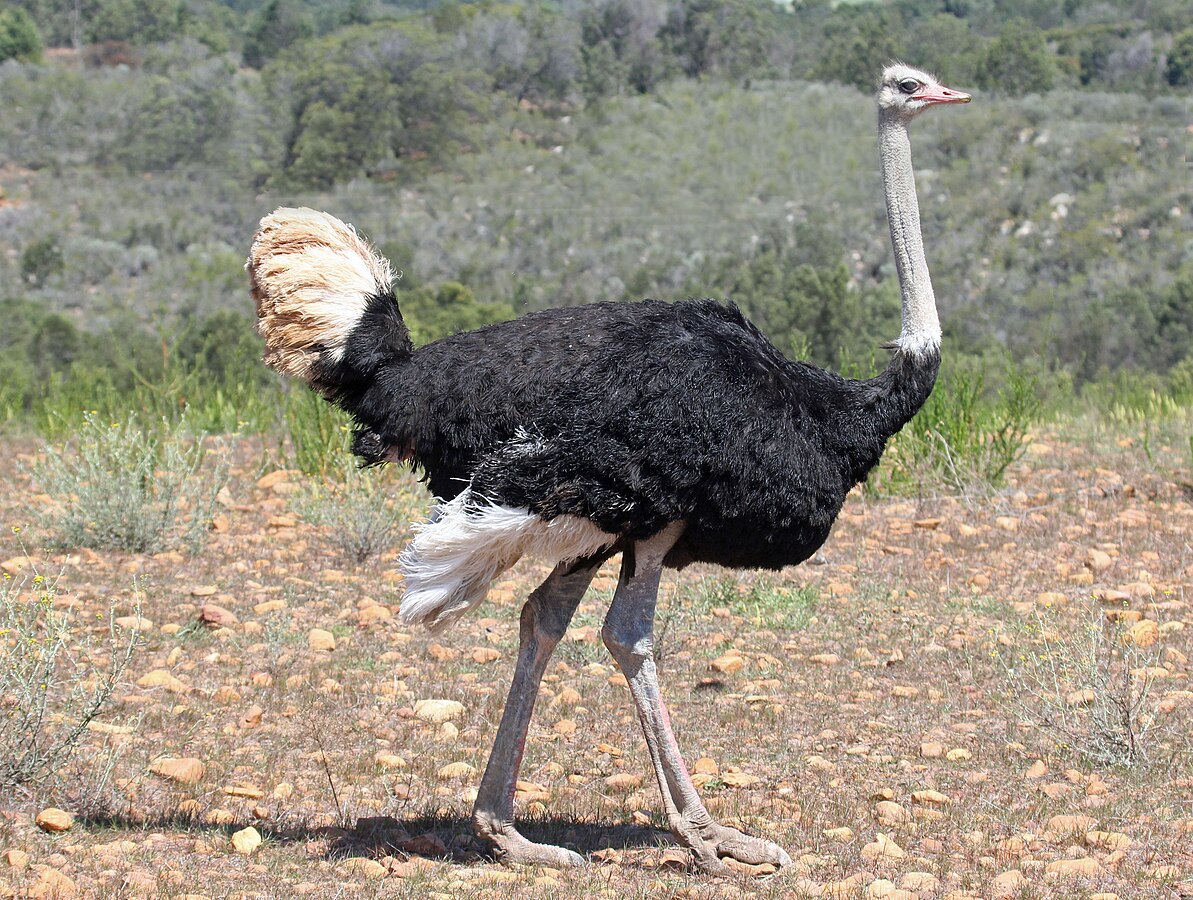
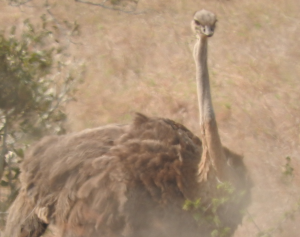 As this is all of the Struthionimorphae family, you will be able to visit the Osterich page by clicking on either image.
As this is all of the Struthionimorphae family, you will be able to visit the Osterich page by clicking on either image.